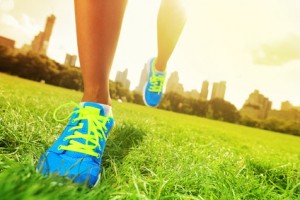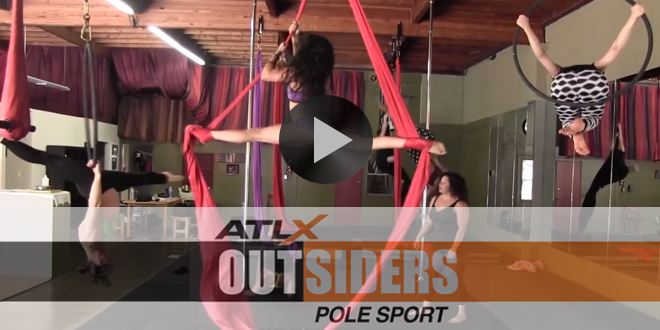By: Sarah McWilliams
When diving into Gretchen Reynolds book “The First 20 Minutes” (Plume), you soon find out just about everything you know about training is wrong. Reynolds, the Phys Ed columnist for The New York Times, consulted dozens of experts for her book that helps everyday athletes train smarter. Here are top five big surprises from “The First 20 Minutes,” which is new in paperback this week:
1. Eight glasses of water a day may be overkill
According to the book, the body is incredibly good at determining how much water you need. Experts suggest that runners’ deaths in past marathons due to over-hydration could have been prevented if people would just listen to their bodies instead of listening to the “experts” that overgeneralize the necessary amount of water people need on a daily basis.
You’re getting more water than you realize through the foods and other drinks that you consume. One doctor even called the eight glass rule “hogwash.” According to Reynolds, the body is pretty good at subconsciously telling you how much water you need, and you just need to listen to your body instead of all the experts.
2. Stretching before training could be counter-productive
One of the biggest surprises in “The First 20 Minutes” is the claim that stretching before a workout is essentially bad before training. Reynolds states, “Other studies have found that stretching before exercise decreases strength in the stretched muscle up to 30 percent.” The author also addresses other alleged myths about stretching like you need to do it to increase flexibility or to avoid injuries. The studies she cites show that there is little or no link to stretching prior to a workout and a decrease in injuries. Reynolds also points out studies that show the majority of humans are already as flexible as they need to be unless they compete in specific sports such as gymnastics where Gumby-like flexibility is imperative.
3. Exercising longer is not necessarily better
Although we are ingrained to think that we need to go to the gym for two straight hours a day to get the body we want, “The First 20 Minutes” suggests otherwise. One study Reynolds discusses is from Dr. Martin Gibala, an innovator in High Intensity Interval Training. His study found that those who worked out for short intense intervals gained the same amount of endurance as those who worked out at a moderate pace for longer intervals.
Reynolds does readily admit, however, that the facts about how much exercise you need and when is ever changing. “Or, to be blunt, the issue of just how much exercise people need and how much may be either too little or too much is, from a scientific standpoint, a big fat mess,” she writes.
4. Abs are for appearance
Another study Reynolds highlights in her book showed that rock solid abs did not encourage better athletic performance. Many athletes work hard and focus on their core, because that is what everyone is telling them will make them a better athlete. In reality, according to Reynolds, all they’re really doing is making their body look better for the beach.
Thomas Nesser, a Ph.D. professor at Indiana State University, said that there was no direct correlation of core strength to sport specific athletic performance, which surprised even him. That doesn’t mean, however, you can let your midsection go. Reynolds later in the book reiterates numerous studies to the correlation of tummy fat and heart disease.
5.Your genomes don’t know everything
You may have heard of the trend of swabbing your children and sending out tests to see if they’re destined for athletic superstardom. Reynolds warns against this trend stating that these tests only check one out of thousands of relevant genes.
These types of tests stand true for adults as well. Scientists have begun scoring athletes determining their chance of success and physical capabilities. Reynolds debunks this myth as well. She states in her book, “In tests on actual Olympians, there was little correspondence between the genetic scores and real-world success. Some of the most successful athletes harbored few of the supposedly important genes.”
 ATLX The only sports entertainment television and digital media network fully devoted to everyday athletes, athletic lifestyle and athletic culture.
ATLX The only sports entertainment television and digital media network fully devoted to everyday athletes, athletic lifestyle and athletic culture.





